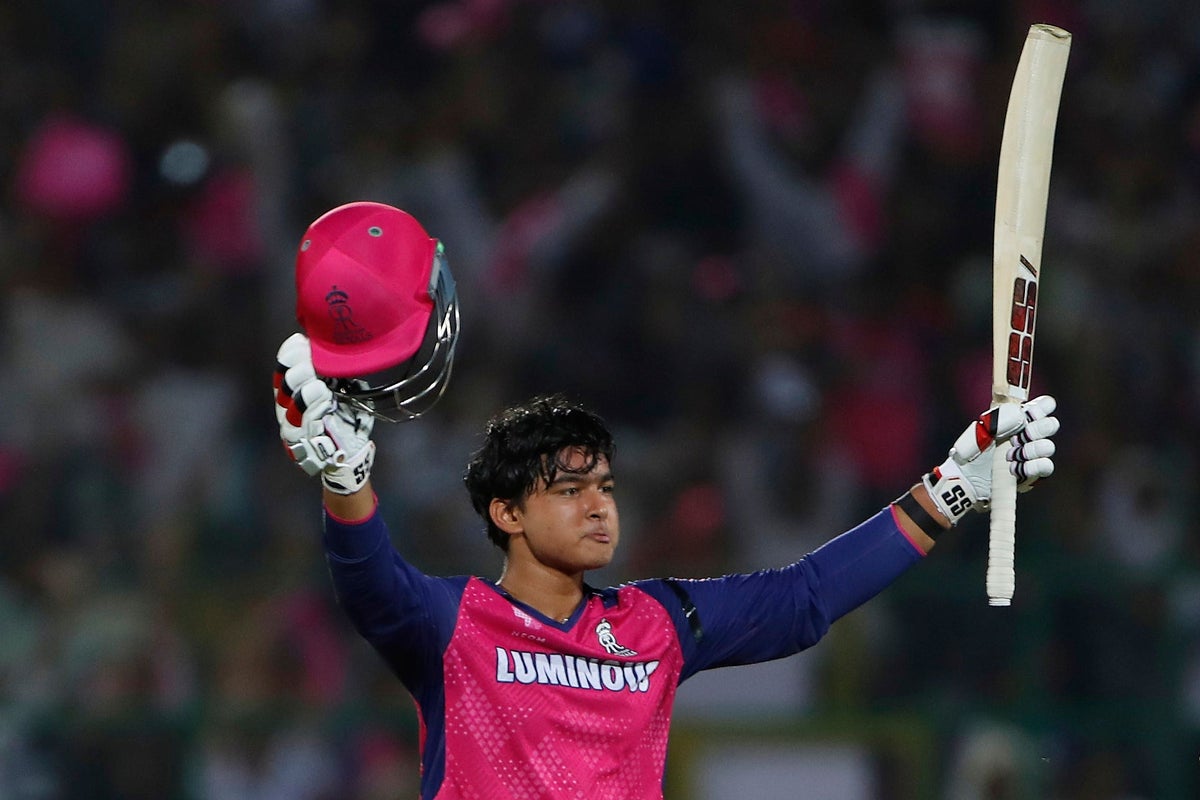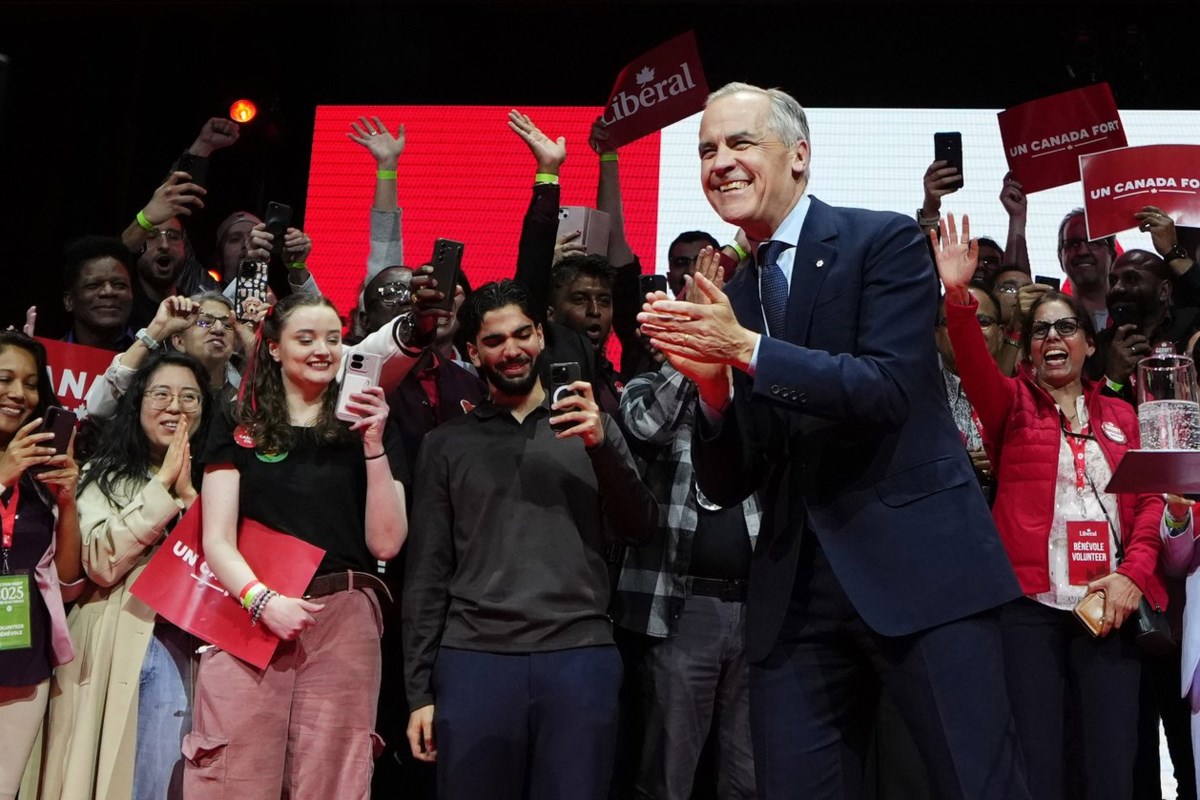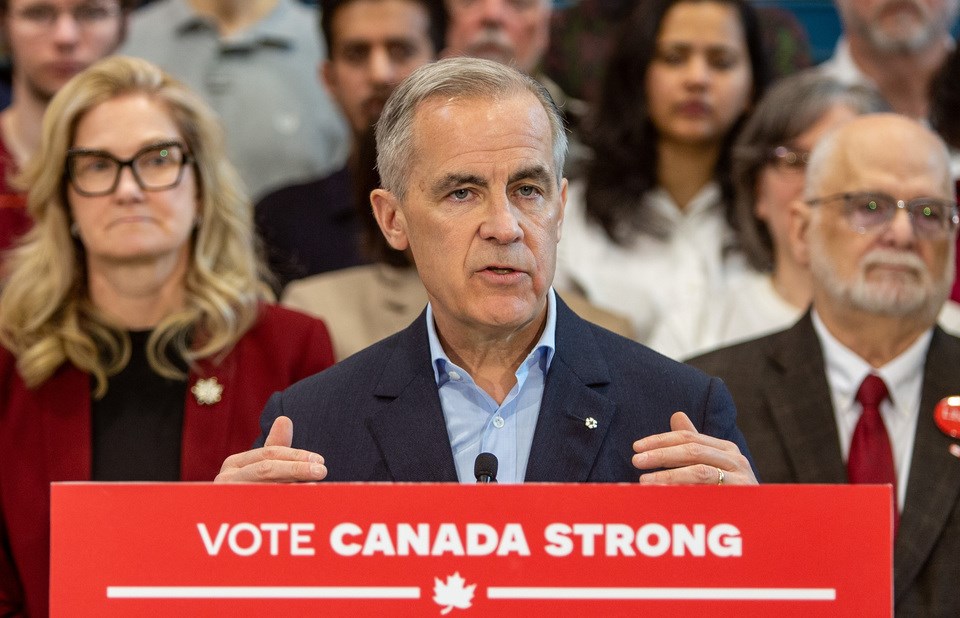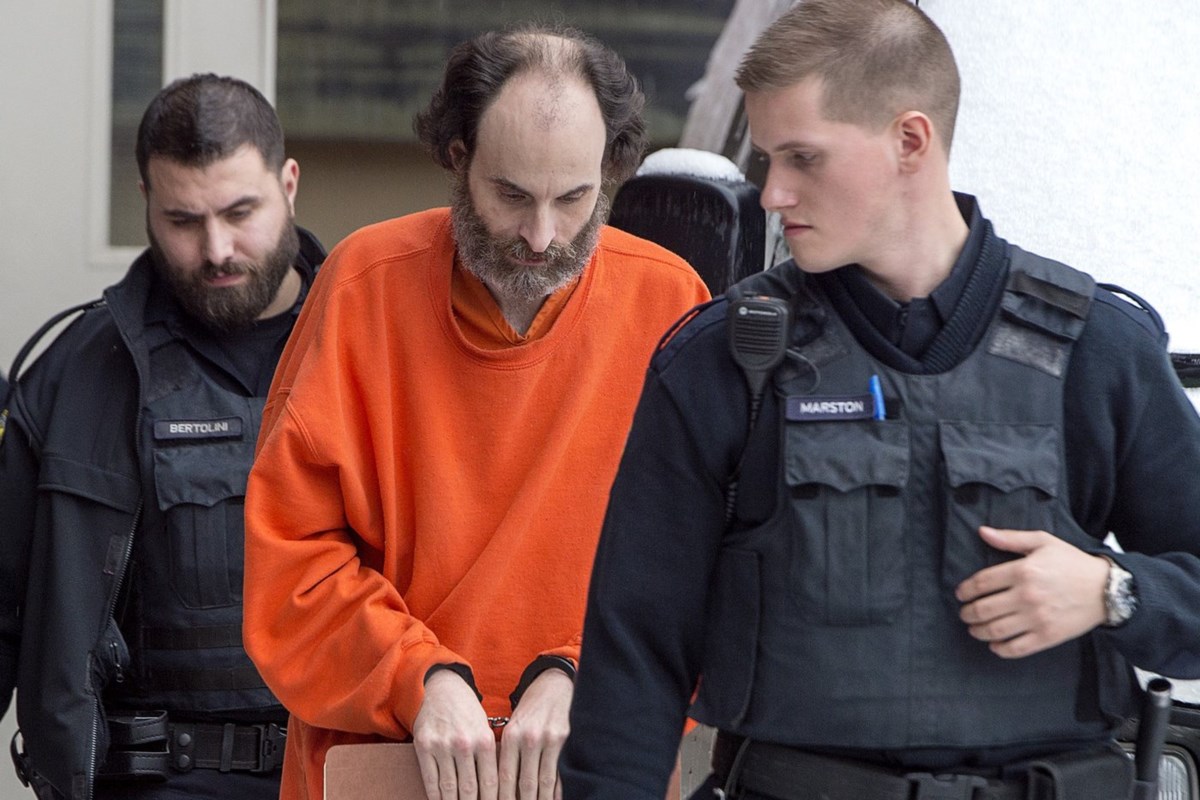Vaibhav Suryavanshi: Cricket’s 14-year-old prodigy must beware the cautionary tales of sport’s starlets

Whatever happened to Freddy Adu? It is a question many will have asked in the 20 years since he made his senior debut. You may recall the tale of the Ghana-born, USA-raised teenage football phenom, drafted into Major League Soccer (MLS) as a 14-year-old accompanied by the loftiest of comparisons with Pele. This, the headlines cried, was the wunderkind to drive America’s footballing expansion; the face of the future and the boy to carry the burden of a nation’s dreams on his shoulders. Or not, it proved. Adu concluded a perfectly creditable playing career with Swedish club Osterlen in 2021, collecting 17 international caps and an impressive array of stamps in his passport along the way. Stints in Portugal, Monaco, Greece, Turkey, Brazil, Serbia and Finland form remarkable chapters in an incredible sporting story – even if Adu never lived up to the unfair potential others promised of him. It is a cautionary fairytale that unfortunately came to mind when watching Vaibhav Suryavanshi make a most remarkable 35-ball century for Rajasthan Royals on Monday. If the public had enjoyed passing familiarity with the name of the teenager from the Bihar province in India’s far north-east after he became the youngest player ever bought at the Indian Premier League (IPL) auction in December, his slamming of the first ball he faced in the competition for six thrust him further into the cricketing consciousness. His ton, however, was something else entirely. This was not an effort to be lauded simply due to the 14-year-old’s tender age but one of the great IPL innings, the fastest century ever made by an Indian in a competition that has transformed the sport. Suryavanshi bettered the mark of Yusuf Pathan made by the former all-rounder in a 2010 innings that the youngster was not even alive to see. This was no understrength bowling attack being flayed for seven fours and 11 sixes in an hour of extraordinary hitting, either, but one formed of seven fully-fledged internationals and including, in Rashid Khan, perhaps the finest T20 spinner of all-time. Strutting down in celebration with arms spread after depositing Khan over deep midwicket for six to reach the milestone, Suryavanshi had the steely-eyed look of a cricketer who knows he has the world at his feet. His coaches at the Royals speak of a mature character who has embraced every challenge thrust in front of him, including taking on Jofra Archer in the nets while others dodge and dive away from the England quick. A past prodigy was impressed. “Vaibhav’s fearless approach, bat speed, picking the length early, and transferring the energy behind the ball was the recipe behind a fabulous innings,” Sachin Tendulkar posted on X, formerly Twitter. “End result: 101 runs off 38 balls. Well played!” One hopes that Suryavanshi has the right figures around him and enjoys the sort of sporting life his talent would suggest lies ahead. But the tale of Adu is just one reason to fear for Suryavanshi’s future. Many a sporting starlet has burned brightly only to soon reach supernova, often leaving a difficult legacy behind. The singular drive required to sustain a career at the top takes its toll on all those who embark on the difficult journey. Tennis player Todd Ley, signed by IMG at 12, detailed in an interview with Fox Sports earlier this year how he had built his identity around his chosen pursuit and struggled to deal with the consequences as it crumbled. “It was a mess,” Ley explained, having battled substance abuse problems. “And I was enjoying it. It felt like I was completely annihilating this image other people had created for me. The feeling of destroying myself was cathartic. “Because I’d been robbed of a childhood, I felt like I had absolutely every right to make up for what I missed out on. So, I behaved like a child does. And it was fantastic, but also very problematic.” The lifestyle demands placed on emergent athletes are extreme. If one of the great growing phases of adolescence is developing the capacity to learn from one’s mistakes, there are times where those in the sporting spotlight are not afforded the chance to do so, each error on – or perhaps more damagingly off – the pitch scrutinised or censured. Even a figure like Adu – who produced a career to be proud of – is ultimately defined by the player he never became than the player he was. In Indian cricket, such thoughts can never be far away. A unique culture of sporting deification can have tremendous positives but also bedevil the gods at its centre. Virat Kohli is thought to have moved his family to London, protecting their privacy and allowing him to walk the streets without undue attention. While Tendulkar went on to become a great of the game, his no-less talented contemporary Vinod Kambli played his last Test at the age of 23 while averaging more than 50, tumbling away among tales of off-field tumult even in an age before social media. Not all stories are quite so dramatic. Though his exact age remains a matter of some dispute, Pakistan’s Hasan Raza is widely recognised as the youngest male Test cricketer but made just 22 more international appearances having been unable to replicate his early success; eight years on since becoming Derbyshire’s youngest first-class player, the gifted off-spinner Hamidullah Qadri finds himself cast out by county cricket after leaving Kent. Even for the prodigious and promising, professional sport can be uncompromising and unforgiving. Not that any of this should concern Suryavanshi. One of the great joys of youth is to live and savour each moment, the sort of spirit shown in abundance in his breakthrough knock. May the boy from Bihar lap up the riches and rewards on offer and continue to love his cricket – and let us hope that cricket loves him back.



















